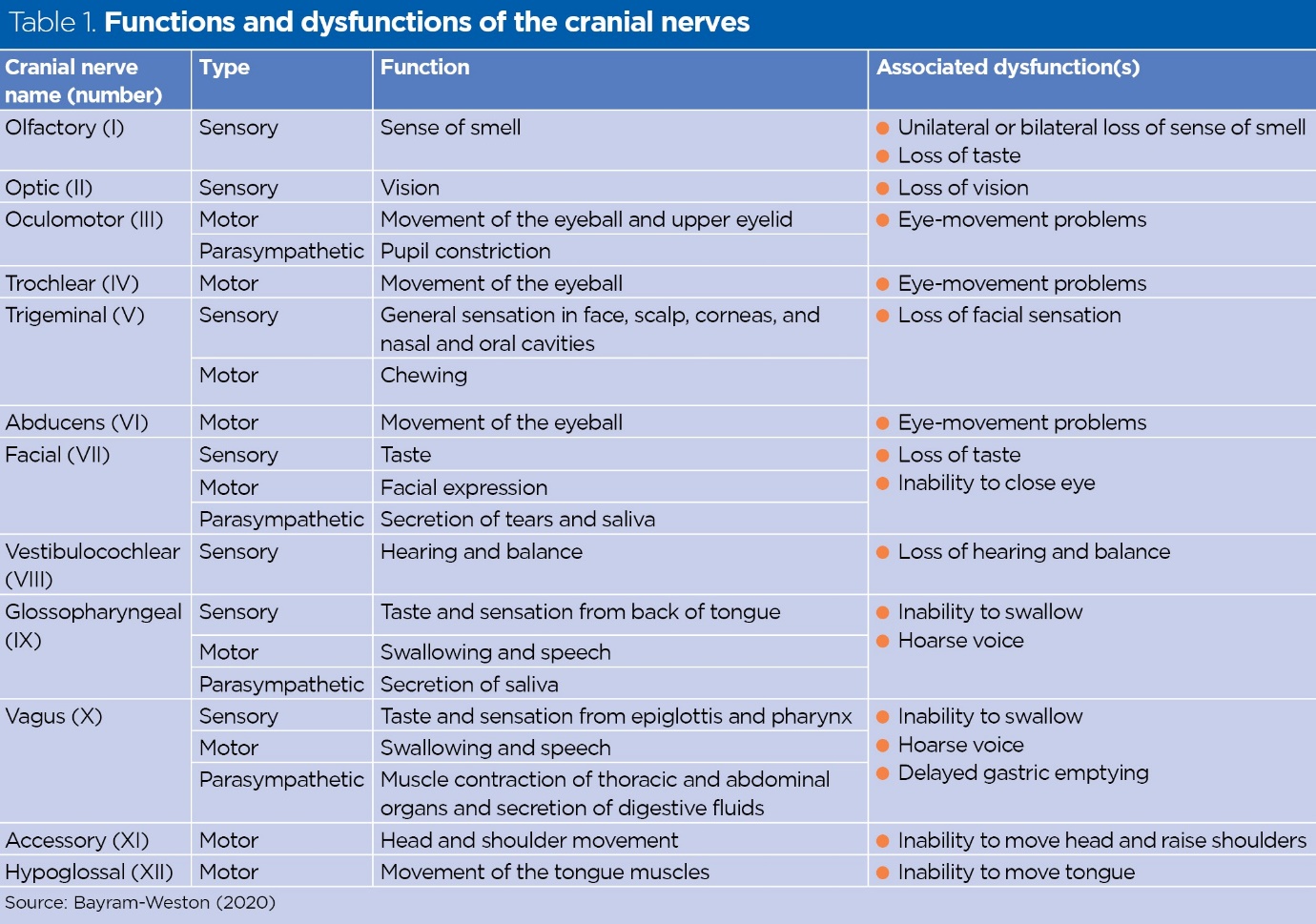The nurse is doing an assessment of an adult client and noticed unequal chest expansion. The nurse recognizes that unequal chest expansion occurs:
When part of the lung is obstructed or collapsed
When bulging of the intercostal spaces is present
In an obese patient
When accessory muscles are used to augment respiratory effort
The Correct Answer is A
A. When part of the lung is obstructed or collapsed: This statement is accurate. Unequal chest expansion can occur when part of the lung is obstructed or collapsed, preventing the affected area from expanding normally during inhalation.
B. When bulging of the intercostal spaces is present: This statement is not accurate. Unequal chest expansion typically refers to decreased expansion on one side, not bulging of intercostal spaces.
C. In an obese patient: This statement is not accurate. Obesity can affect breathing patterns and lung function, but it is not the primary cause of unequal chest expansion.
D. When accessory muscles are used to augment respiratory effort: This statement is not accurate. The use of accessory muscles to augment respiratory effort can be a sign of respiratory distress, but it doesn't directly cause unequal chest expansion. Unequal expansion is more indicative of specific lung conditions or issues with lung mechanics.
Nursing Test Bank
Naxlex Comprehensive Predictor Exams
Related Questions
Correct Answer is C
Explanation
A. VI
Cranial Nerve VI is the Abducent Nerve, which controls the movement of the lateral rectus muscle, allowing the eye to move laterally (abduct). Dysfunction of this nerve can cause difficulty in moving the eye outward.
B. V
Cranial Nerve V is the Trigeminal Nerve. It has both sensory and motor functions. Sensory functions include providing sensation to the face, sinuses, and teeth. Motor functions include controlling the muscles used for chewing (mastication).
C. II
Cranial Nerve II is the Optic Nerve. It is purely a sensory nerve responsible for vision. The optic nerve carries visual information from the retina of the eye to the brain.
D. III
Cranial Nerve III is the Oculomotor Nerve. It is primarily a motor nerve but also has some autonomic functions. It controls most of the eye movements (except lateral movement controlled by VI) and regulates the size of the pupil and the shape of the lens in the eye for focusing.

Correct Answer is D
Explanation
A. Listening for all possible sounds at a time at each specified area: This approach does not allow for specific localization of different heart sounds and murmurs, making it difficult to accurately assess the heart's condition.
B. Listening to the sounds at the aortic, tricuspid, pulmonic, and mitral areas: This option is close but lacks the systematic approach of method D. Listening at specific anatomical locations (aortic, tricuspid, pulmonic, mitral) is important, but the Z pattern allows for thorough coverage and precise localization of any abnormal sounds.
C. Listening to the sounds only at the site where the apical pulse is felt to be the strongest: This method does not cover all the important auscultation sites on the heart and may miss significant findings.
D. Listening by inching the stethoscope in a rough Z pattern, from the base of the heart across and down, then over to the apex: This technique involves a systematic approach where the nurse listens at specific locations in a structured manner, ensuring comprehensive coverage of the heart sounds and murmurs.
Whether you are a student looking to ace your exams or a practicing nurse seeking to enhance your expertise , our nursing education contents will empower you with the confidence and competence to make a difference in the lives of patients and become a respected leader in the healthcare field.
Visit Naxlex, invest in your future and unlock endless possibilities with our unparalleled nursing education contents today
Report Wrong Answer on the Current Question
Do you disagree with the answer? If yes, what is your expected answer? Explain.
Kindly be descriptive with the issue you are facing.
